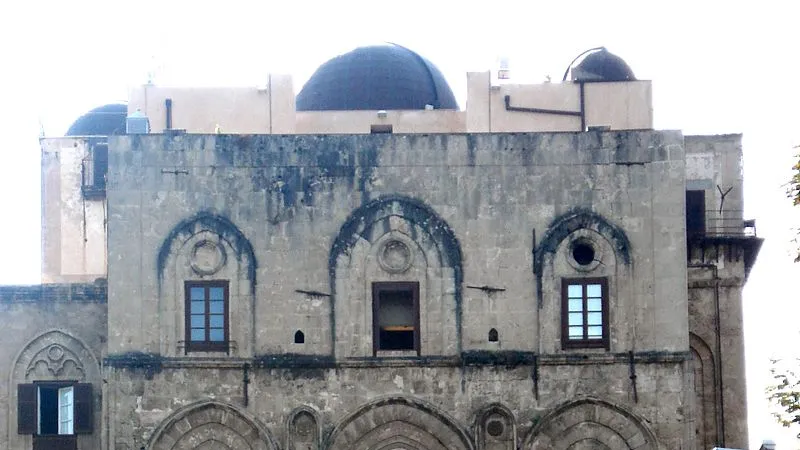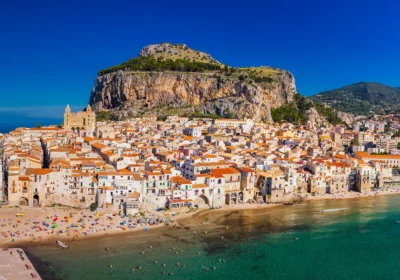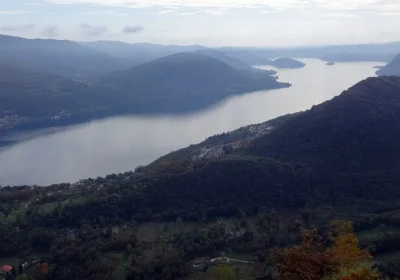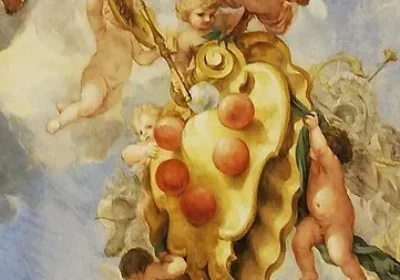The Giuseppe Salvatore Vaiana Observatory in Palermo
Serves as a research centre for the National Institute of Astrophysics. Its staff oversees numerous projects related to the study of solar coronae, stellar birth and evolution, and other phenomena in astrophysics and astronomy.
The institution has a scientific laboratory where equipment for X-ray telescopes is developed and tested. The Observatory also houses the Specola Museum, where instruments for research and calculations in the fields of astronomy, chronology, meteorology, seismology, physics, topography, etc. are exhibited.
The history of the Palermo Astronomical Observatory dates back to 1790. Its foundation was initiated by the greatest minds of the time. Francesco d’Aquino believed that the new observatory would make Palermo more prestigious in the eyes of noble guests. His idea was supported by King Ferdinand I of Sicily.
A problem arose: none of the leading astronomers agreed to work in a peripheral city. The only candidate was the mathematician Giuseppe Piazzi. In 1801, the Palermo Observatory made its first astronomical discovery. It turned out to be the dwarf planet Ceres. Giuseppe Piazzi originally proposed Cerere Ferdinandea, wanting to immortalise not only the ancient Roman goddess of fertility but also King Ferdinand I. However, other countries did not accept the full name.
The astronomer was honoured with a gold medal for his discovery, but declined the award. Piazzi donated its value to buy new instruments for the observatory. Among them was a powerful equatorial telescope installed in the second dome of the building.
After the end of World War II, the observatory was on the verge of closing, but enthusiasts managed to save its collection of instruments. The Palermo Observatory was named in honour of Giuseppe Salvatore Vaiana. He served as director from 1976 to 1991.
The INAF observatory oversees research in the following areas: history of astronomy; stellar magnetic activity; experimental astrobiology; properties of the Sun’s outer atmosphere; cosmic rays and supernova remnants, etc.
The building houses a museum of scientific instruments. They are divided into sections corresponding to eight disciplines. Visitors will see sextants, telescopes, clocks, seismographs and so on. Globes form a separate part of the exposition. The oldest of them date back to the 18th century.
Access to the museum is subject to prior agreement with the museum management.
Open all days except Monday, 24 and 25 December, 1 January, 1 May
Open all days except Monday, 24 and 25 December, 1 January, 1 May.

















